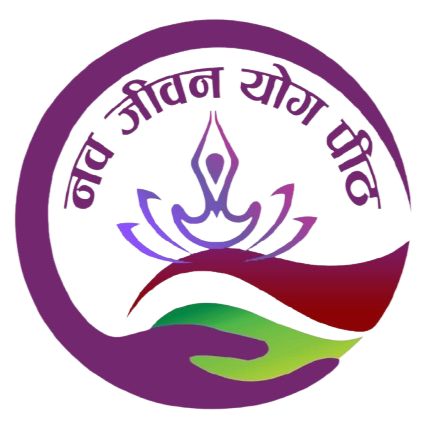Yoga
Yoga is an ancient practice that originated in India, and it encompasses a wide range of physical, mental, and spiritual practices designed to promote balance, well-being, and enlightenment. The word "yoga" comes from the Sanskrit root "yuj," which means to unite or join. It refers to the union of body, mind, and spirit, aiming to harmonize these aspects to achieve a higher state of awareness, peace, and inner transformation.
Key Aspects of Yoga:
1. Physical Practice (Asanas)
The physical postures or asanas are the most widely known aspect of yoga in the modern world. These postures involve various movements and stretches that help improve flexibility, strength, balance, and health. The practice of asanas also supports the flow of energy throughout the body and helps to release physical tension.
Some well-known styles of yoga that focus heavily on physical postures include Hatha Yoga, Vinyasa Yoga, and Ashtanga Yoga.
2. Breathing Techniques (Pranayama)
Pranayama refers to the regulation of breath. "Prana" means life force energy or breath, and "yama" means control. Through different breathing techniques, yoga practitioners learn to control the breath, which helps to calm the mind, increase energy levels, and balance the body’s energy. Some common pranayama techniques include Ujjayi Breath, Nadi Shodhana (alternate nostril breathing), and Kapalbhati.
3. Meditation and Mindfulness
Yoga often includes a strong emphasis on mental focus and meditation. The practice of meditation helps to clear the mind, promote mindfulness, and achieve a state of deep inner peace. Meditation in yoga is intended to help practitioners go beyond the distractions of the mind and connect with their inner self. It is also used to cultivate awareness and spiritual growth.
4. Philosophy and Ethical Principles
Yoga has a rich philosophical tradition, and it provides guidelines for living a balanced and harmonious life. These are encapsulated in the Yamas (ethical guidelines) and Niyamas (observances), which are part of the Eight Limbs of Yoga outlined by the sage Patanjali in the Yoga Sutras. These principles guide individuals in cultivating virtues such as:
- Ahimsa (non-violence)
- Satya (truthfulness)
- Asteya (non-stealing)
- Brahmacharya (self-restraint)
- Saucha (purity)
- Santosha (contentment)
- Tapas (discipline)
- Svadhyaya (self-study)
- Ishvara Pranidhana (devotion to a higher power)
5. Spirituality and Self-Realization
At its core, yoga is a spiritual practice aimed at achieving self-realization and connecting with a deeper sense of existence. It is about understanding the true nature of the self beyond the ego and material world. Yoga is seen as a tool for personal transformation and enlightenment, allowing practitioners to experience a state of oneness with the universe and the divine.
6. The Eight Limbs of Yoga
The Eight Limbs of Yoga, as described by Patanjali in the Yoga Sutras, outline the comprehensive path to spiritual development and self-realization:
- Yama: Ethical guidelines (e.g., non-violence, truthfulness).
- Niyama: Personal observances (e.g., purity, contentment).
- Asana: Physical postures or poses.
- Pranayama: Breath control or regulation.
- Pratyahara: Withdrawal of the senses, turning inward.
- Dharana: Concentration or focused attention.
- Dhyana: Meditation or contemplation.
- Samadhi: Blissful union, or the state of spiritual enlightenment and transcendence.
7. Yoga Styles
There are many different styles of yoga, each emphasizing different aspects of the practice. Some of the most popular ones include:
- Hatha Yoga: A gentle, slow-paced style focused on basic postures and breath control.
- Vinyasa Yoga: A dynamic, flowing style that links breath with movement.
- Ashtanga Yoga: A physically demanding style that follows a specific series of postures.
- Kundalini Yoga: Focuses on awakening the kundalini energy through breathwork, chanting, and movement.
- Bikram Yoga: Performed in a heated room, it involves a fixed sequence of 26 postures.
- Iyengar Yoga: Focuses on precision and alignment in the postures, often using props like blocks and straps.
In Summary:
Yoga is a holistic practice that includes physical postures, breathing exercises, meditation, and ethical principles designed to promote physical health, mental clarity, and spiritual growth. It encourages the union of body, mind, and spirit, helping individuals achieve balance, well-being, and self-realization. While yoga is often associated with its physical postures (asanas), its true essence goes far beyond that and can lead to profound personal transformation and enlightenment.









